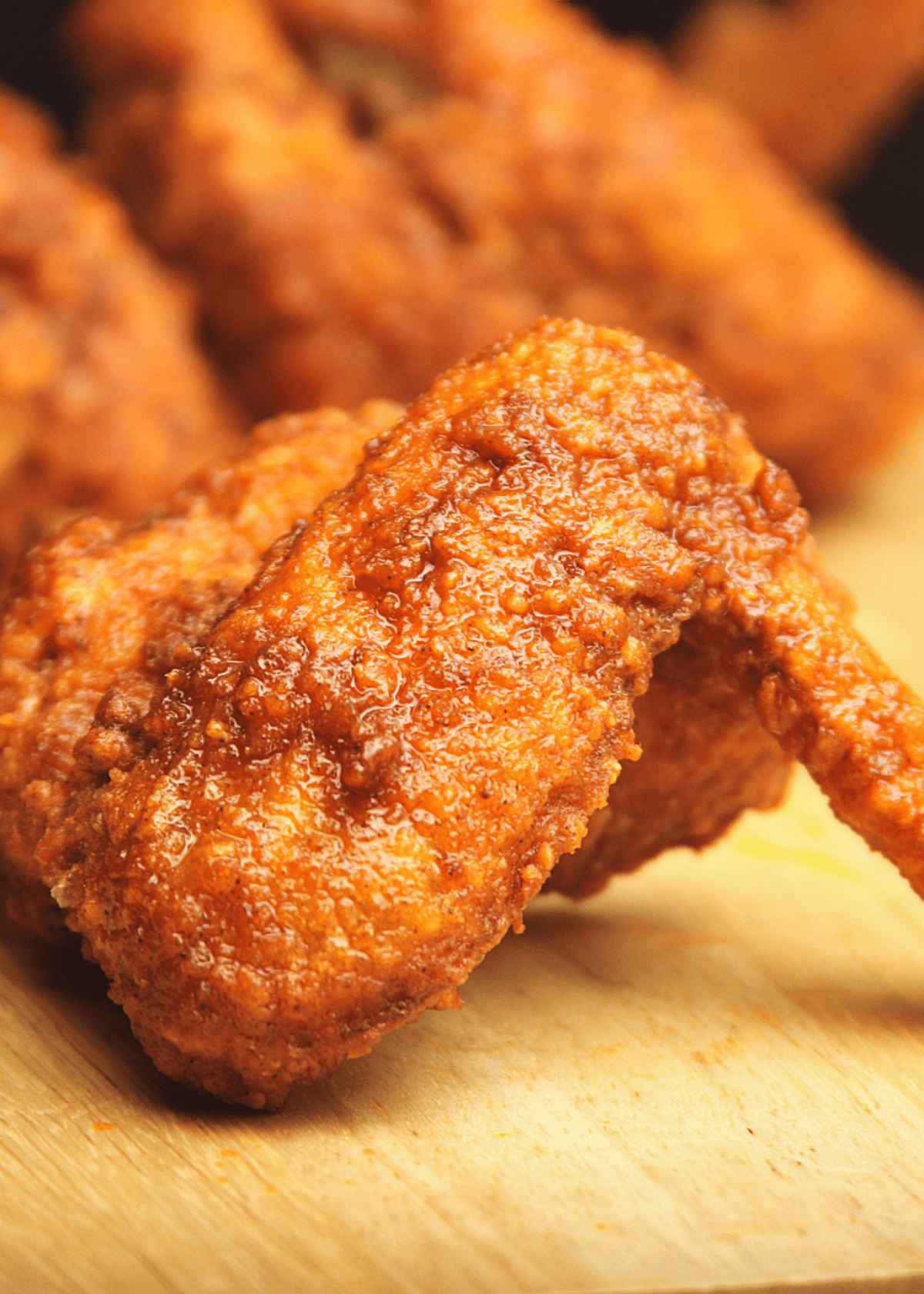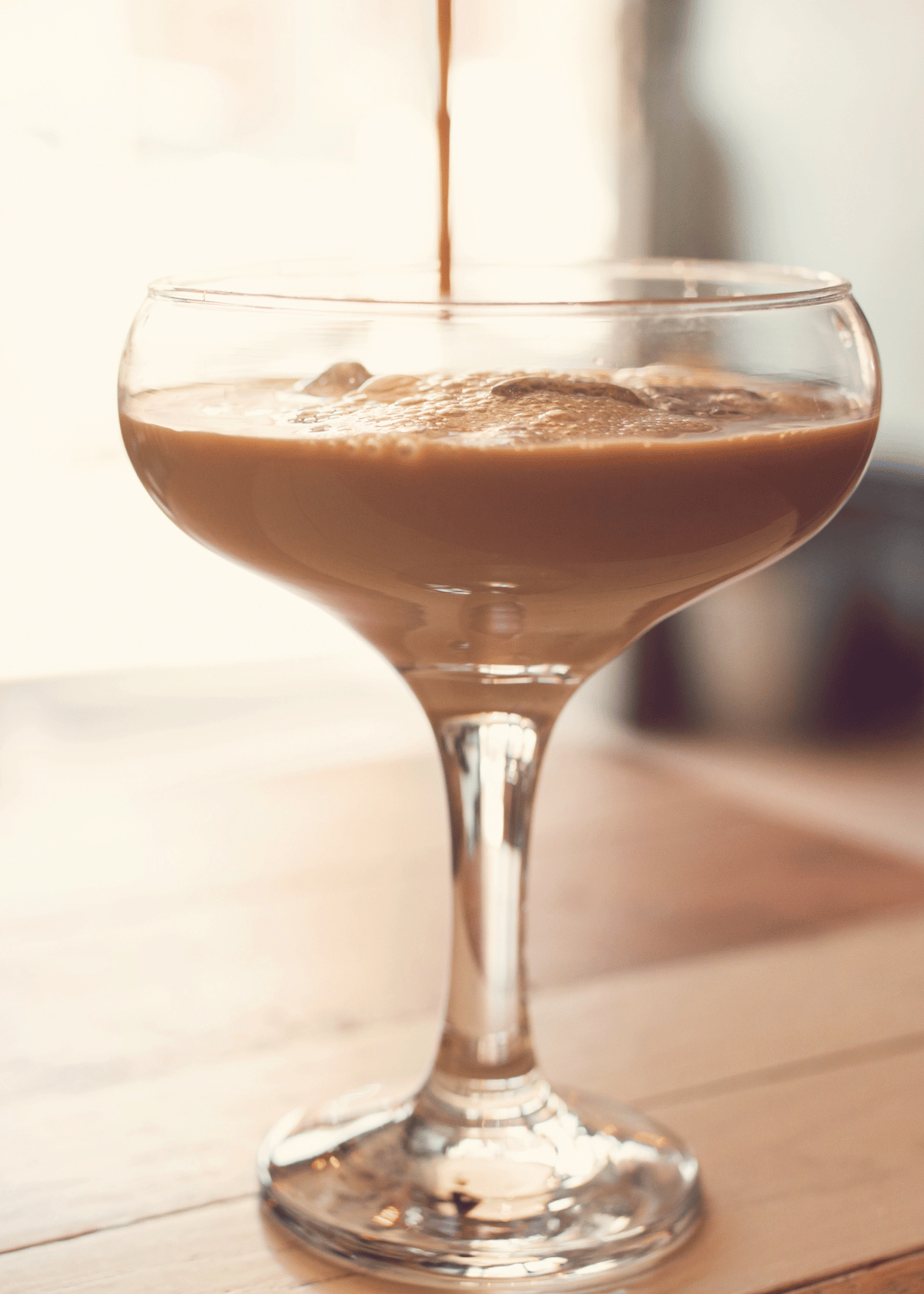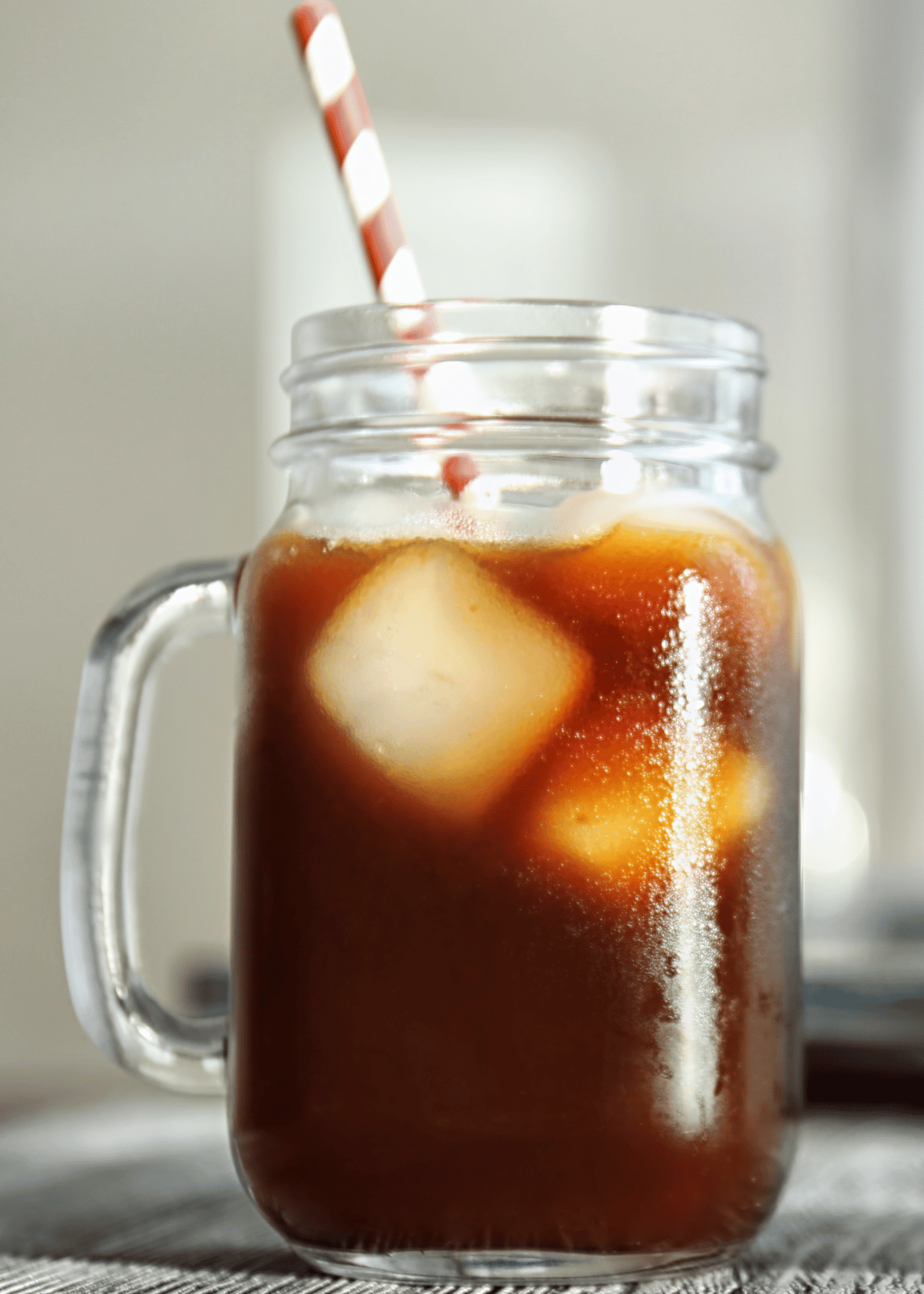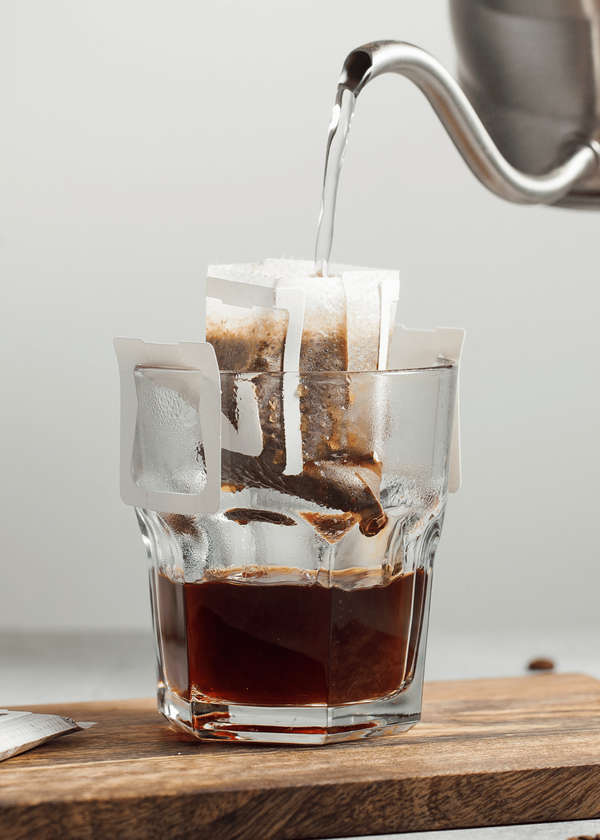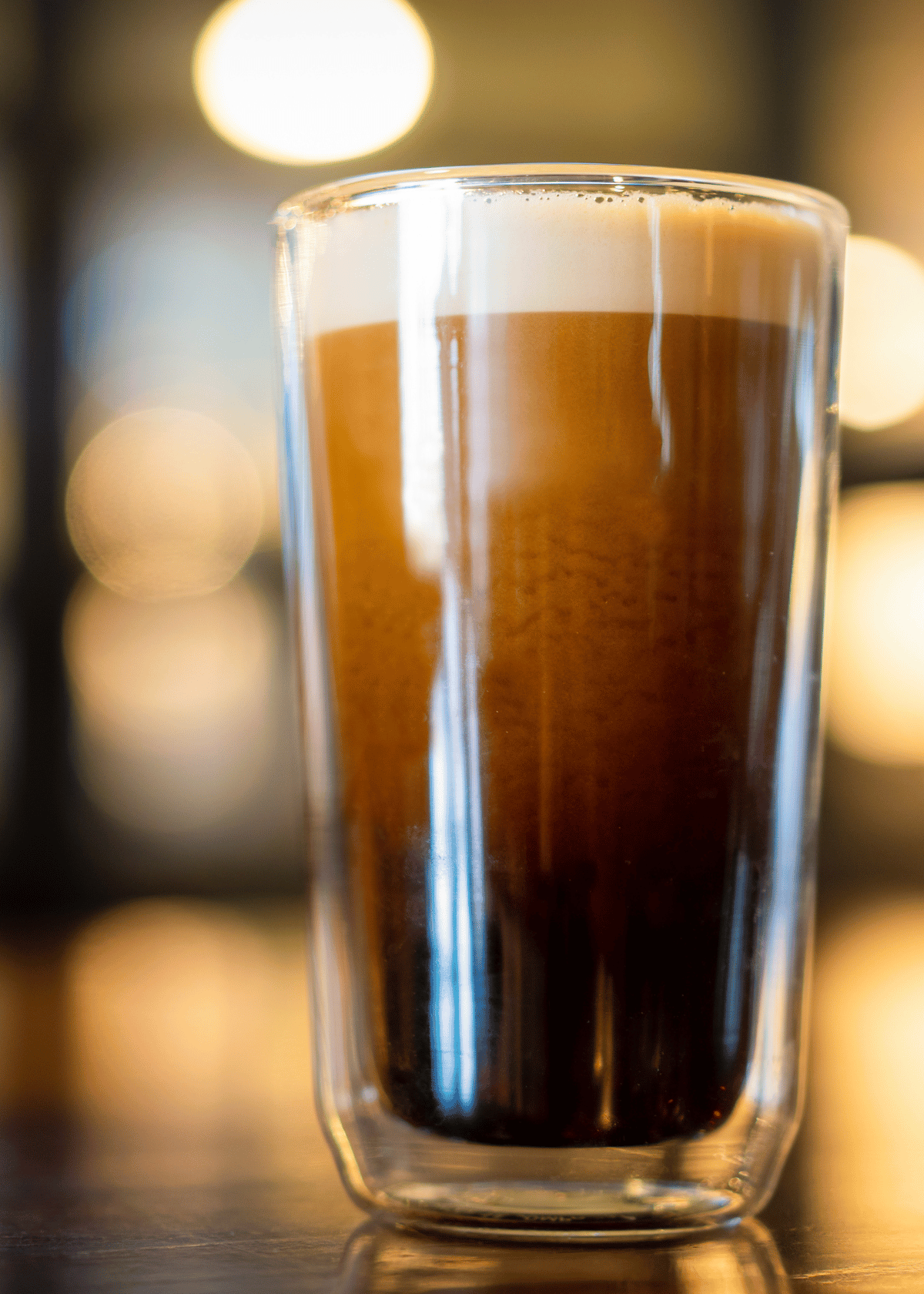Fried chicken wings are a staple at any good party or family gathering. But if you're going to fry up a batch of delicious wings, you need to make sure you're using the right oil for the job. Different oils have different smoke points and levels of flavor, so finding the perfect one for your recipe can be tricky. In this blog post, we’ll take a look at some of the best oils for deep frying chicken wings, as well as their various advantages and disadvantages.
Canola Oil
Canola oil is one of the most popular cooking oils on the market today. It has a neutral flavor and a relatively high smoke point (468°F/242°C), meaning it won't burn easily when exposed to high temperatures like an oven or deep fryer. Canola oil also contains fewer saturated fats than other cooking oils, making it a healthier option for frying chicken wings. The only major downside to using canola oil is that it tends to have an unpleasant odor after prolonged exposure to high heat.
Vegetable Oil
Vegetable oil is another popular choice when it comes to deep frying chicken wings. It has a neutral flavor, like canola oil, but its smoke point is slightly lower (450°F/232°C). That means you'll need to take extra precautions when using vegetable oil to avoid burning your food. Additionally, vegetable oil contains more saturated fats than canola oil, making it less healthy in general.
Sunflower Oil
Sunflower oil is another great choice for deep frying chicken wings due to its high smoke point (450°F/232°C) and mild flavor profile. It's also low in saturated fats and rich in essential fatty acids, which makes it a healthier option than many other cooking oils out there. The only real downside of sunflower oil is its relatively high price tag compared to other cooking oils on the market today.
Refined Peanut Oil
Peanut oil has long been used in restaurants due to its neutral flavor and high smoke point (450°F/232°C). Refined peanut oil also has fewer calories than other types of cooking oils and is rich in monounsaturated fats—making it one of the healthiest options out there for deep frying chicken wings. However, if you have allergies or sensitivities to peanuts, then peanut oil may not be the best option for your fried chicken wing recipe.
What Isn't the Best Oil for Frying Chicken Wings?
Chicken wings are a popular snack, but frying them requires the right oil choice. Olive oil, while commonly used and touted for its health benefits, isn’t the ideal choice when it comes to frying chicken wings.
The reason is that olive oil has a relatively low smoke point—the temperature where oil will break down into unstable molecules and potentially release harmful compounds like free radicals. When heated beyond its smoke point, olive oil will not only impart an off flavor to the chicken wing but can also be hazardous to your health.
Other oils with higher smoke points are better suited for deep-frying chicken wings because they can withstand more heat over extended periods without breaking down or becoming rancid. Canola, sunflower and peanut, and coconut oil all have high smoke points that range from 420F to 470F (depending on the type), making them great options for cooking at higher temperatures like in deep-frying scenarios.
Why is an Oil's Smoke Point Important When Deep Frying?
Smoke point is an important consideration when cooking with oil. This is because, during deep frying, the oil starts to break down at high temperatures and produce smoke. The average smoke point for cooking oils ranges widely - from around 320 degrees Fahrenheit (refined peanut oil) to upwards of 500 degrees Fahrenheit.
The higher the smoke point, the better suited the oil is for deep frying as it can stand up to strong heat levels and prevent smoking. Additionally, oils with higher smoke points tend to have a longer shelf life due to their stability at higher temperatures.
When selecting an oil for deep-frying, be sure to look into its smoke point before purchasing since this will give you more information on how well the product performs under hot temperatures like those used in deep-frying.
Tips for Deep Frying Chicken Wings
Frying chicken wings is a great way to add flavor and texture to an otherwise boring meal. But it’s important to pay attention to the details when deep frying so that you get perfectly cooked, crispy wings every time! Here are some key tips for deep frying chicken wings:
- Cut your wings into pieces if you want them extra crispy. Separate each wing at the joint and then use kitchen shears or a knife to separate each drumette and flat section of the wing. This will allow them to cook more evenly in the fryer and attain maximum crispiness.
- Make sure your oil is preheated properly before adding any food items – this will ensure they cook evenly and quickly without taking on too much oil or burning on one side while waiting for the other side to finish cooking! Preheat your oil between 350-375 degrees Fahrenheit (177-190 degrees Celsius).
- Consider using a batter or coating on your chicken wings – this will help lock in moisture during cooking, create an even crisper texture, as well as adding flavor from spices like garlic powder, onion powder, smoked paprika, etc. To prepare a basic coating mix 1 cup of flour with ½ teaspoon of salt & pepper together until fully combined; then dip each wing piece into it until completely coated with batter before placing in hot oil carefully with tongs or a slotted spoon/spatula.
- Cook your chicken wings for approximately 8 minutes per batch — use a thermometer placed close by during the cooking process; once the internal temperature reaches 165°F/74°C remove from heat immediately as overcooking may result in rubbery texture instead of desired crispiness! Always let freshly-cooked batches rest a few minutes after removing them from hot oil before serving & enjoying deliciousness ;-)
Bottom Line: Best oil for Deep Frying Wings
Many different types of oils can be used when frying chicken wings—each with its benefits and drawbacks depending on your individual needs and preferences. Canola oil has a high smoke point but an unpleasant odor; vegetable oil has a lower smoke point; sunflower oil is expensive but healthy; while refined peanut oil works well but isn't suitable for those with peanut allergies or sensitivities. Ultimately, it's up to you which type of cooking fat you use when preparing fried chicken wings at home!

